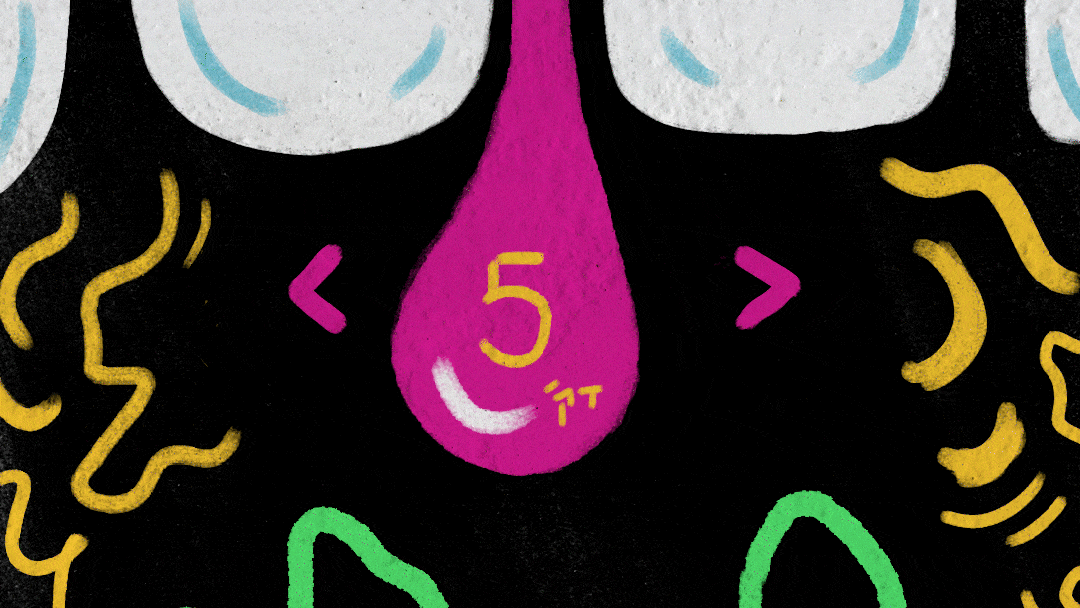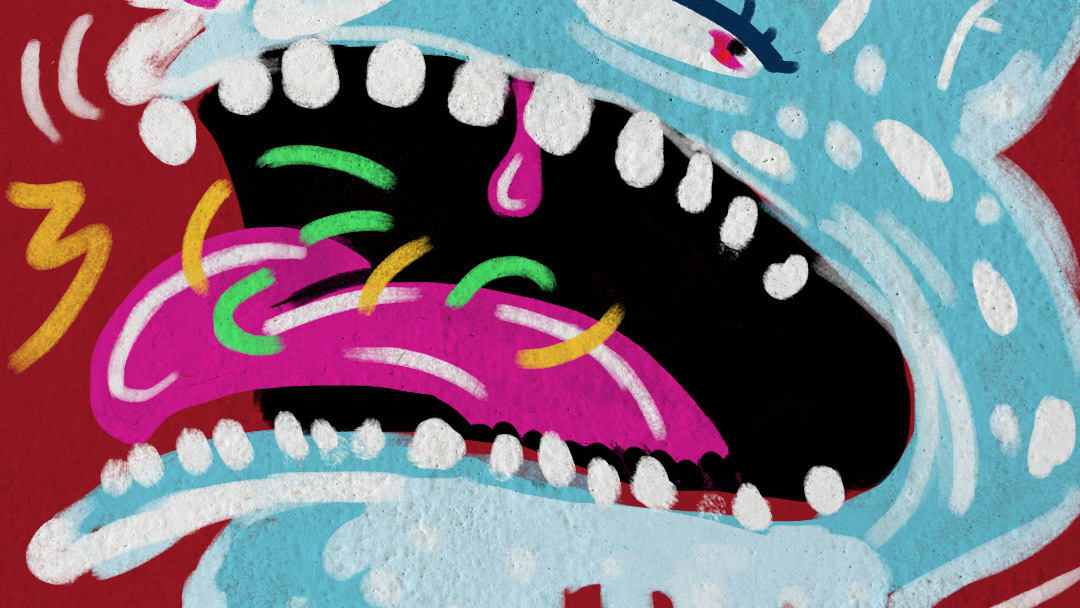About the Game
Ouro is a financial education game, played as a part of a school program for kids in elementary school and junior high. The game is based on Unity and is currently translated into Hebrew, English, and Arabic, available for PC and as a phone app. The game has 9 levels (lessons) currently, with 2 difficulty options (regular and difficult, for extra points). Each lesson has a different goal - Loans and savings, using credit cards, opening a business, etc.
The game is led by Zigi the alien, who came from outer space, and is trying to settle on earth with the help of Ouro the owl, who’s responsible for the educational tips in the game.
Ouro is a financial education game, played as a part of a school program for kids in elementary school and junior high. The game is based on Unity and is currently translated into Hebrew, English, and Arabic, available for PC and as a phone app. The game has 9 levels (lessons) currently, with 2 difficulty options (regular and difficult, for extra points). Each lesson has a different goal - Loans and savings, using credit cards, opening a business, etc.
The game is led by Zigi the alien, who came from outer space, and is trying to settle on earth with the help of Ouro the owl, who’s responsible for the educational tips in the game.
The HUD Problem
In the purpose of copying the real world, the earlier version of the game included days and months, which were used as a cost to each move in the game - it was confusing for the players, as they did not understand what was happening, how the months are marked, etc. In addition, we have coins as a currency, plus a mission to be completed by the end of the level (5 months).
In the purpose of copying the real world, the earlier version of the game included days and months, which were used as a cost to each move in the game - it was confusing for the players, as they did not understand what was happening, how the months are marked, etc. In addition, we have coins as a currency, plus a mission to be completed by the end of the level (5 months).
I have researched a few mobile games on the subject of using currencies like money, the number of lives, and energy, and the inclusion of a progress bar for immediate use, but also the division of it into milestones.
Research and testing uncovered conflicting communication
issues in this case:
issues in this case:
?
We want to use energy which is a currency, that will go down positively. In other games, energy is going down in a negative way - which is conflicting.
?
This said energy is connected to the months - the players use 30 energy, then start a new month. How do I communicate we have positively finished one month? And that the energy has recharged for the upcoming month?
?
Each level has 5 months until it's finished, that’s another communication to mention
?
The players need to know what month they are on, and how much energy they have.
?
Another problem was the use of coins - this game’s mechanic is saving coins, which is in contrast to the classic mechanic of spending money in other games. How do we change this pattern in the game?
?
The Solution
The days have been switched for energy, with the visual icon of lighting. At the beginning of every month, players have 30 energies that they use for making moves in the game. The usage of Energy currency, and not days, that are counted down - highlights the attention to the energy the player use, so they make moves more wisely.
The days have been switched for energy, with the visual icon of lighting. At the beginning of every month, players have 30 energies that they use for making moves in the game. The usage of Energy currency, and not days, that are counted down - highlights the attention to the energy the player use, so they make moves more wisely.
At the end of every month, the used energy goes through the monthly progress bar, which visualizes the end of the previous month to the start of the next one, while the energy count fills up again. The level ends when reaching 5 months. During playing, we can see the current month next to the energy count, and also in the bank app.
The money counter has moved from its classic layout on the top of the screen to the bank app at the bottom, so it will be separated from the currencies the players need to spend, making it less accessible on purpose. To exaggerate the feeling of spending and earning coins, we added animation of coins movement from the bank/to the bank, according to the relevant action that was made.
Dynamic City Map
The city map was designed with dynamic corners - the base of the map doesn't change, but the corners are added on and can be changed between land or water, according to the city’s location on the trail in the level’s map.
The city map was designed with dynamic corners - the base of the map doesn't change, but the corners are added on and can be changed between land or water, according to the city’s location on the trail in the level’s map.
The Bank App
Instead of making the bank a building in the old fashion way, the bank is used as an app - for quick and intuitive use of the player, and more like the real-life experience of banking information and actions.
Opening a Business
The game has the option to open a business - the ice cream shop (inventory management), or the Youtube channel (creating content). The difficulty of managing inventory and calculation of incomes/outcomes, this feature was difficult to understand for players and has to be reconstructed. I tried to make the flow as simple as I could, yet stuck to the educational purpose of the feature and its difficulty.
The game has the option to open a business - the ice cream shop (inventory management), or the Youtube channel (creating content). The difficulty of managing inventory and calculation of incomes/outcomes, this feature was difficult to understand for players and has to be reconstructed. I tried to make the flow as simple as I could, yet stuck to the educational purpose of the feature and its difficulty.













